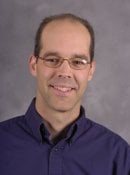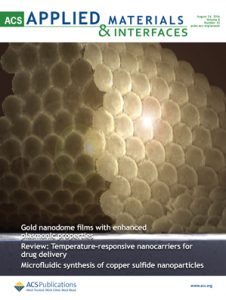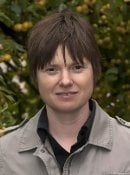News outlets around the world cove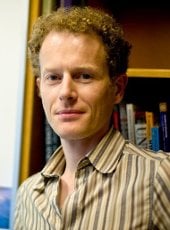 ring the Mosul, Iraq fires quoted Simon Carn (GMES and Atmospheric Sciences) for his work in sulfur dioxide emissions.
ring the Mosul, Iraq fires quoted Simon Carn (GMES and Atmospheric Sciences) for his work in sulfur dioxide emissions.
The original story was posted by NASA’s Earth Observatory along with satellite images; news outlets include ABC News, Nature World News, Yahoo News and a number of science blogs.
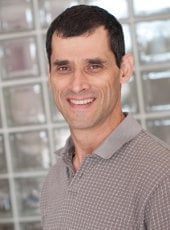
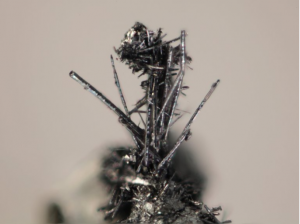 “Minerals have a natural wow factor, and while we use many of them daily without thinking twice, some specimens are truly art,” Jaszczak says, adding that minerals like the gems tanzanite (a blue/purple variety of zoisite) and tsavorite (a green variety of grossular garnet), which come from the same mines as merelaniite, can be more eye-catching. But it doesn’t negate the value of less showy minerals.
“Minerals have a natural wow factor, and while we use many of them daily without thinking twice, some specimens are truly art,” Jaszczak says, adding that minerals like the gems tanzanite (a blue/purple variety of zoisite) and tsavorite (a green variety of grossular garnet), which come from the same mines as merelaniite, can be more eye-catching. But it doesn’t negate the value of less showy minerals.
